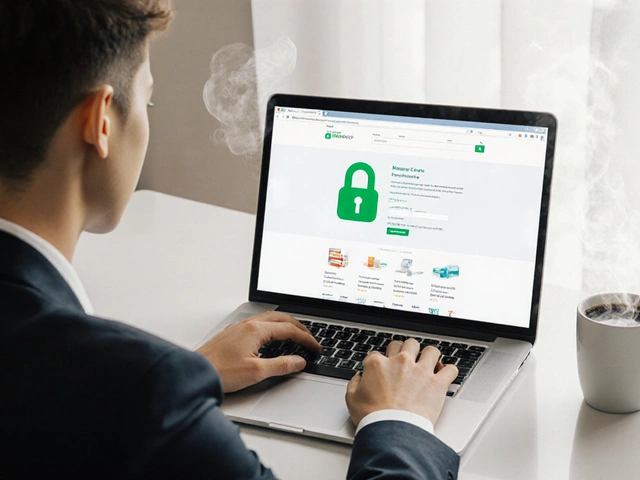Pharmaceutical Storage: How to Keep Medicines Safe and Effective
When you buy medicine, you’re not just paying for the drug—you’re paying for its pharmaceutical storage, the conditions required to keep medications stable, potent, and safe until they’re used. Also known as drug storage, it’s the invisible layer that keeps your pills from going bad before they reach your body. If your insulin gets too warm, your antibiotics lose strength, or your eye drops freeze, they won’t work like they should—and sometimes, they can hurt you. This isn’t just a pharmacy rule. It’s a health rule.
Most medications need to stay between room temperature, typically 68°F to 77°F (20°C to 25°C), away from light and moisture. But some, like insulin or certain biologics, need refrigeration, between 36°F and 46°F (2°C and 8°C). Others, like nitroglycerin, degrade fast if exposed to air. Even the bottle you store them in matters—amber glass blocks light, and child-resistant caps prevent accidents. The pharmaceutical storage guidelines you see on the label? They’re not suggestions. They’re science-backed limits.
Where you store your meds at home makes a big difference. A bathroom cabinet? Too humid. A windowsill? Too hot. A kitchen counter near the stove? That’s a recipe for failed meds. A cool, dry drawer in a bedroom or a dedicated medicine box away from the sink works best. If you travel, keep insulin in a cooler with a cold pack—not in your checked luggage. And never leave pills in a hot car. Studies show that heat can reduce the potency of some drugs by over 30% in just a few weeks.
Expiration dates aren’t arbitrary. They’re based on how long the drug stays stable under proper pharmaceutical storage. But even before that date, improper conditions can break down the active ingredients. Liquid antibiotics, for example, can grow bacteria if left unrefrigerated. Eye drops can become contaminated. Even aspirin can turn into vinegar-smelling acetic acid if it’s been sitting in a damp drawer for years. You wouldn’t eat spoiled food. Don’t take spoiled medicine.
What about children and pets? That’s part of drug safety, the broader practice of preventing accidental poisoning, misuse, and exposure. Locked cabinets, out-of-reach shelves, and clear labeling aren’t just smart—they’re essential. And when you’re done with old meds? Don’t flush them. Don’t toss them in the trash. Use a take-back program. Improper disposal harms the environment and can lead to misuse.
Pharmacists know this stuff inside and out. They’re trained to check if your meds are stored right during every refill. But you’re the one who lives with them. You decide if your pills sit in the bathroom or the bedroom. You choose whether to keep them in their original bottles or dump them into a pill organizer. That choice affects how well they work—and whether they’re safe for you and your family.
Below, you’ll find real guides from people who’ve dealt with this firsthand: how to store breast milk while on meds, how to handle partial fills without errors, how generics behave under heat, and why some drugs need cold chains even at home. These aren’t theory pages. They’re practical fixes for real problems you might be facing right now. Whether you’re managing a chronic condition, caring for a child, or just trying to avoid wasting money on spoiled pills—this collection has what you need.
Temperature and Humidity Control for Safe Medication Storage: What You Need to Know

Learn how temperature and humidity affect your medications, why improper storage causes drug failure, and how to keep your prescriptions safe with simple, science-backed steps.
read more



